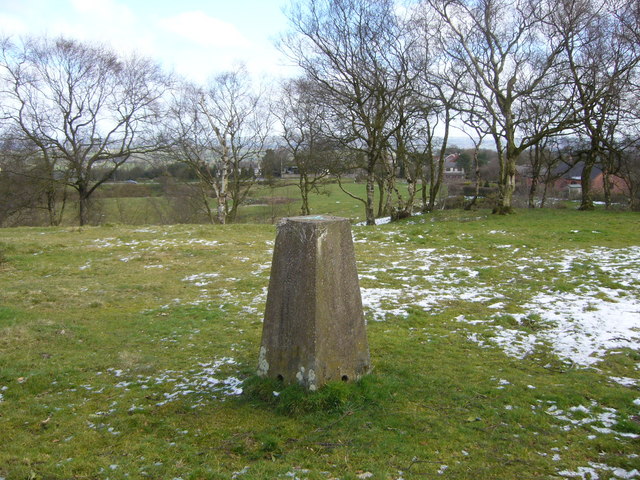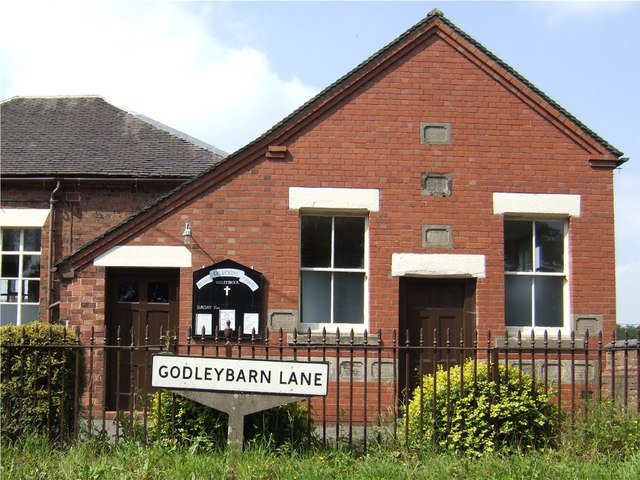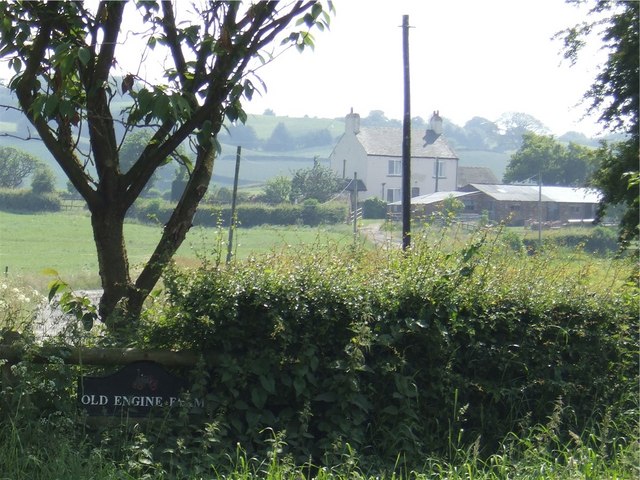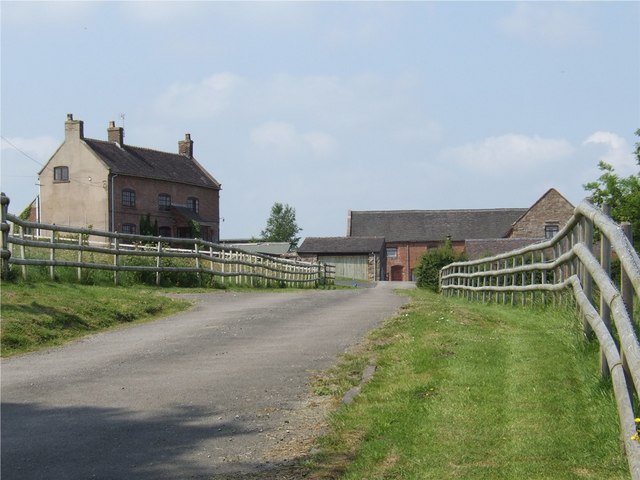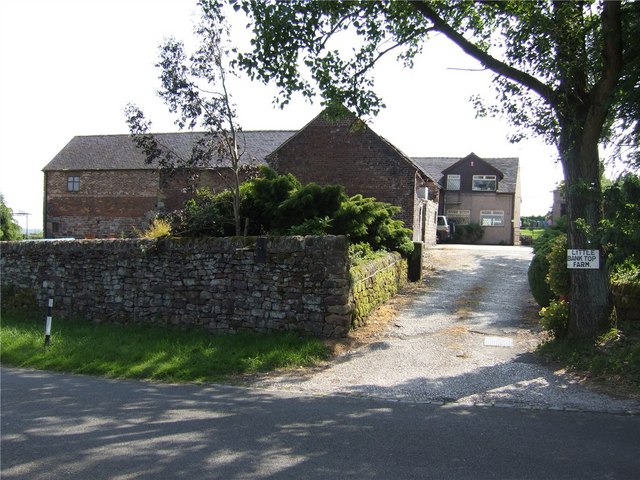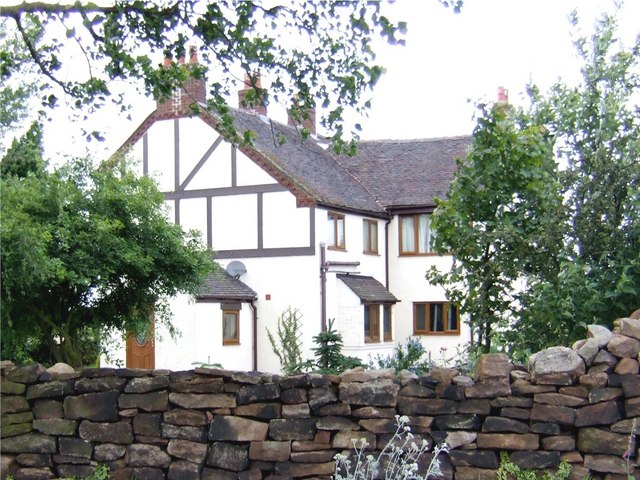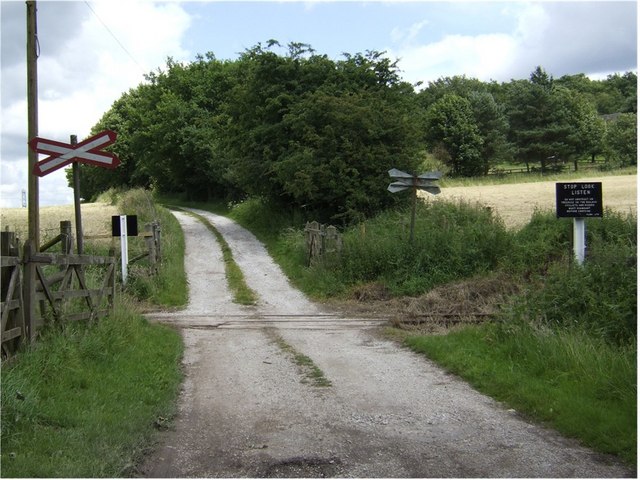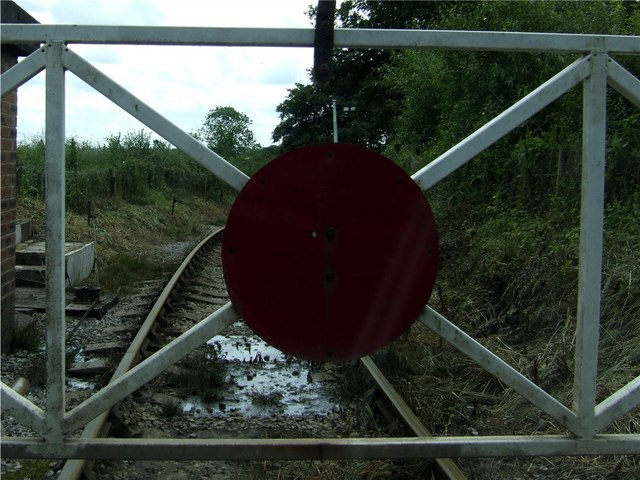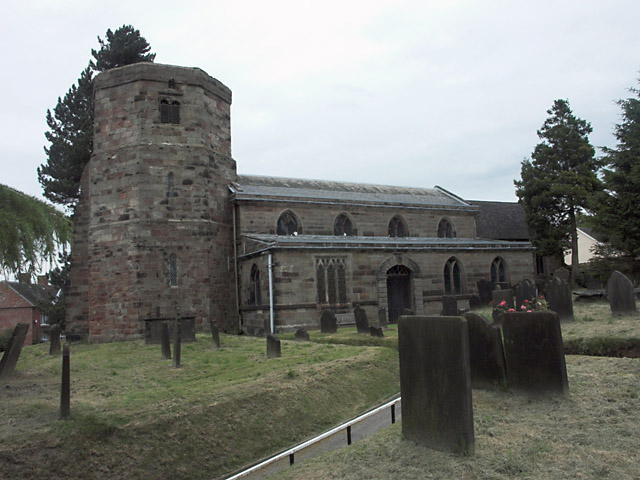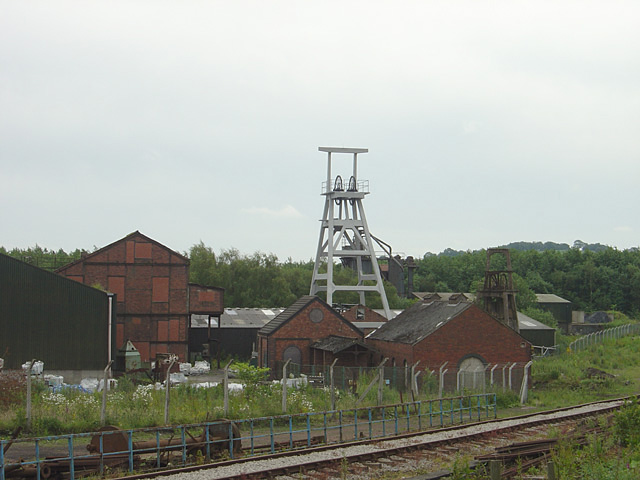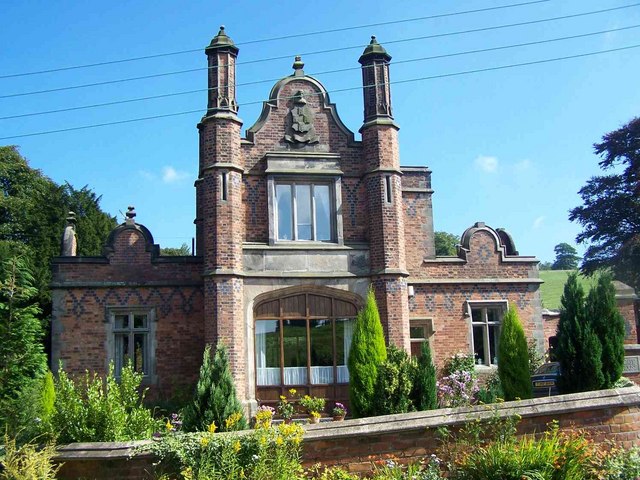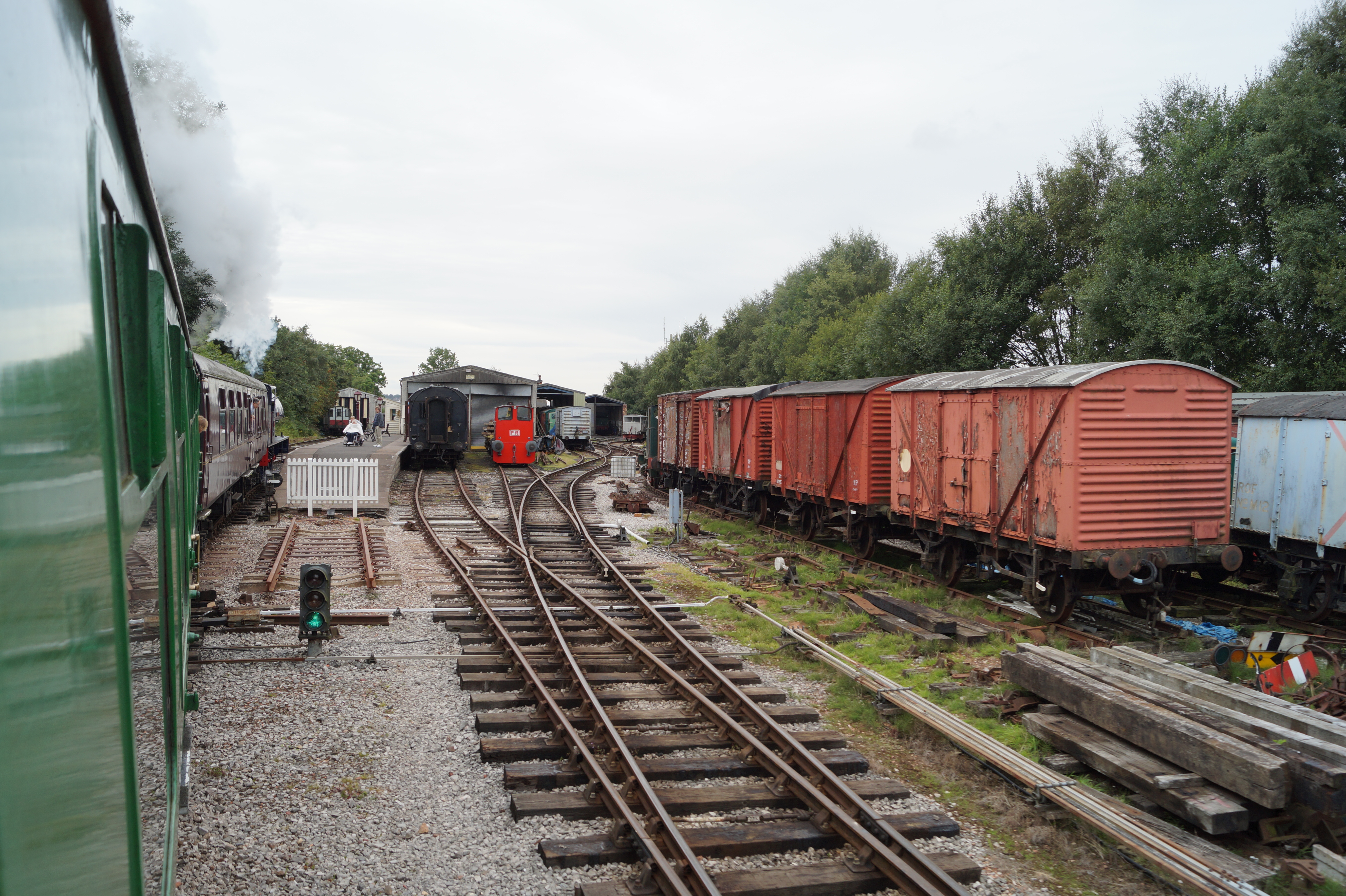Dilhorne Wood
Wood, Forest in Staffordshire Staffordshire Moorlands
England
Dilhorne Wood
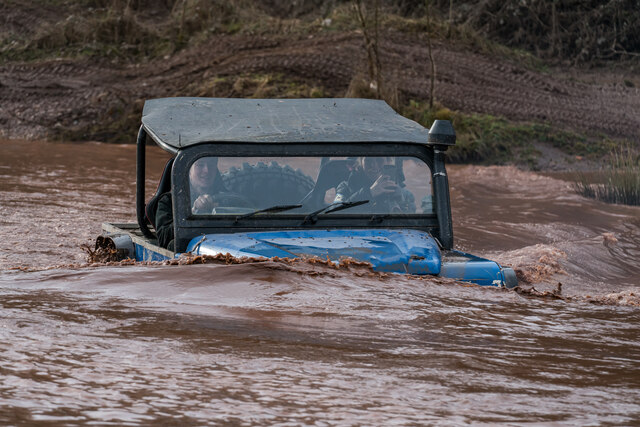
Dilhorne Wood is a picturesque woodland located in the county of Staffordshire, England. Covering an area of approximately 100 acres, the wood is renowned for its natural beauty and diverse range of flora and fauna. It lies just south of the village of Dilhorne, nestled within the rolling countryside of the Staffordshire Moorlands.
The woodland is predominantly composed of broadleaf trees, including oak, beech, and sycamore, which create a dense canopy and provide a tranquil and shady atmosphere. Walking through Dilhorne Wood, visitors can enjoy the peacefulness and serenity of nature, surrounded by the sounds of birdsong and rustling leaves. The forest floor is covered with a vibrant carpet of bluebells in the spring, creating a breathtaking spectacle of color.
The wood is home to a variety of wildlife, including deer, squirrels, and a multitude of bird species. Nature enthusiasts and birdwatchers can spot woodpeckers, nuthatches, and tawny owls among the trees. The wood is also home to a diverse range of insects, including butterflies and dragonflies, which can be observed flitting through the sun-dappled glades.
Dilhorne Wood is a popular destination for outdoor activities such as walking, jogging, and picnicking. It is crisscrossed by a network of well-maintained footpaths, allowing visitors to explore and discover the beauty of the woodland at their own pace. The peaceful atmosphere and stunning views make it an ideal location for relaxation and escapism from the hustle and bustle of everyday life.
If you have any feedback on the listing, please let us know in the comments section below.
Dilhorne Wood Images
Images are sourced within 2km of 53.000483/-2.0500545 or Grid Reference SJ9644. Thanks to Geograph Open Source API. All images are credited.
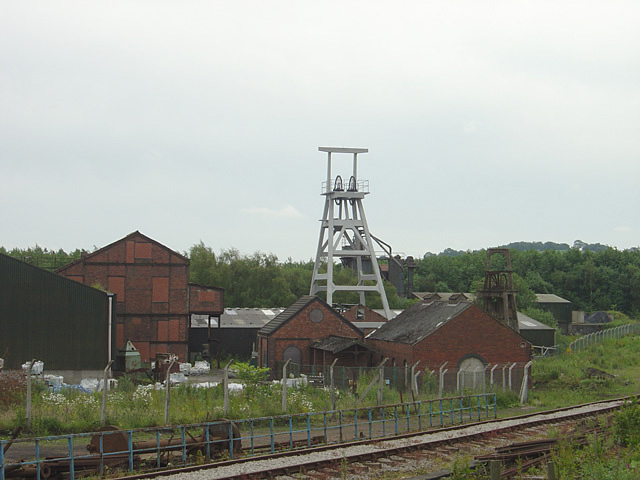
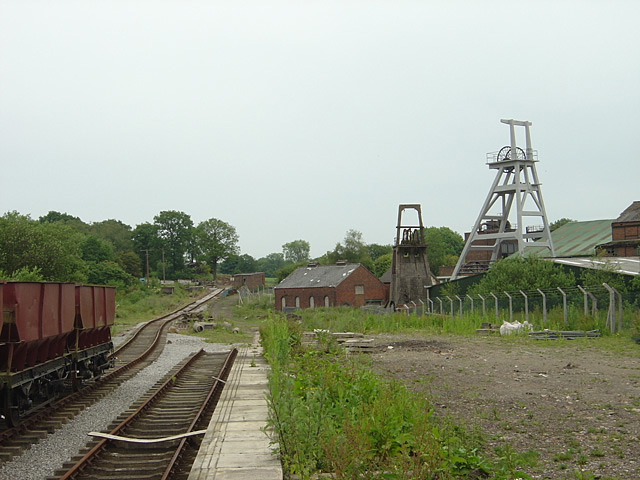
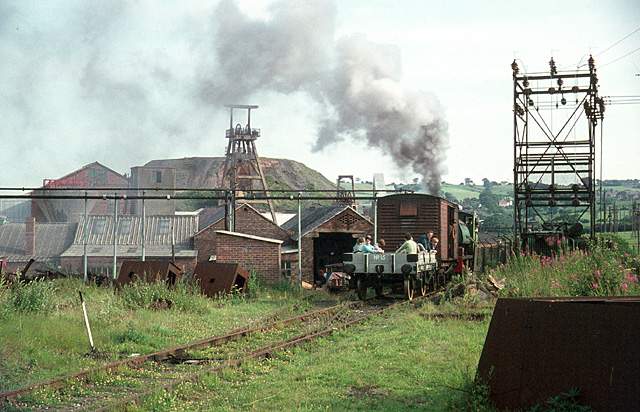
Dilhorne Wood is located at Grid Ref: SJ9644 (Lat: 53.000483, Lng: -2.0500545)
Administrative County: Staffordshire
District: Staffordshire Moorlands
Police Authority: Staffordshire
What 3 Words
///ooze.imparts.blending. Near Cheadle, Staffordshire
Nearby Locations
Related Wikis
Dilhorne Park railway station
Dilhorne Park railway station is a heritage railway station in Staffordshire on the Foxfield Railway. The station is a halt set in woodland, and at 760...
Dilhorne
Dilhorne is an ancient parish and village in Staffordshire, three miles from Cheadle and six miles from Stoke-on-Trent. The village is within the Staffordshire...
Dilhorne Hall
Dilhorne Hall located in Dilhorne, Staffordshire, England, was the ancestral home of the Buller family. == History == The Hall occupied an area of approximately...
Caverswall
Caverswall is a village and parish in Staffordshire, to the south west of Staffordshire Moorlands. In the middle of the 19th century there were about 1500...
Cookshill
Cookshill is a small village in the civil parish of Caverswall, Staffordshire, England, near to Weston Coyney. == References ==
Caverswall Castle
Caverswall Castle is a privately owned early-17th-century English mansion built in a castellar style upon the foundations and within the walls of a 13th...
Foxfield Railway
The Foxfield Railway is a preserved standard gauge line located south east of Stoke-on-Trent. The line was built in 1893 to serve the colliery at Dilhorne...
Caverswall Road railway station
Caverswall Road railway station is a heritage railway station on the Foxfield Railway in Staffordshire. It serves as the centre of the railway's operations...
Nearby Amenities
Located within 500m of 53.000483,-2.0500545Have you been to Dilhorne Wood?
Leave your review of Dilhorne Wood below (or comments, questions and feedback).
